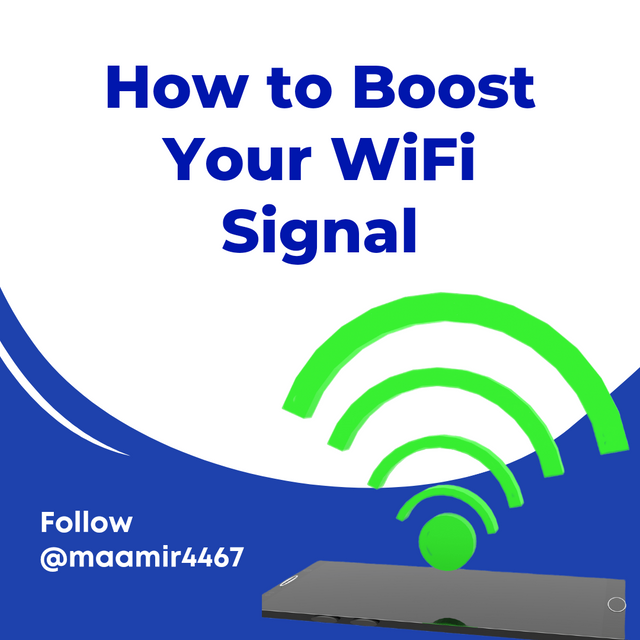How to Boost Your WiFi Signal

Add more routers
While your router might already be working at full capacity, adding a second one can boost your signal and help keep things running smoothly. Because routers create overlapping radio waves that bounce around your home or office space, strategically placing more than one router allows you to enjoy a stronger signal in more areas of your property. (And if you don’t have enough space for two routers, consider getting an extender, which works similarly by using power from your current router.) You may also want to upgrade your router; some models are better suited for large homes or busy network environments. There are also newer technologies on their way—like mesh networks—that improve how we receive our wifi signals by seamlessly expanding them throughout our property with devices like eero and Google Wifi. If you find yourself paying $80 a month just to get decent service in half of your home, it might be time to invest in something new.
Upgrade your router
If you’re looking for a quick, cheap solution that’ll boost your wireless signal throughout your house, consider upgrading your router. Look for dual-band routers that support 802.11ac—the new standard in Wi-Fi.
Move the router
Sure, a great router will have strong reception throughout your home, but that doesn’t mean you should just place it in any old corner of your house. Try moving it closer to where you spend most of your time—such as your home office—and see if there’s an improvement.
Increase the power of your router
If you’re having trouble with your wifi signal, there are a couple of things you can do. First, try moving your router closer to where most of your devices connect (e.g., right by your computer) and test again. Second, boost your router’s power: many routers have adjustable antennas that can be pointed in different directions to increase its range. If you don’t know how or if you have an old-school router without any adjustable features, contact your ISP and see if they have a booster or extender option available. They often don’t charge extra for these services since they help them reach more customers in their coverage area—and sometimes they might even come out and install it for free!
Get an extender or repeater
An extender or repeater is one of your best options for boosting your signal. These devices, which can be placed near a router or in other areas, amplify and rebroadcast wireless signals. Connecting an extender will give you more range, but it’s not something that works well in all scenarios: if you have concrete walls (or lots of them), they may inhibit signal propagation and cause interference issues. If possible, get a line-of-sight view from point A to point B with no obstructions. Line-of-sight means being able to see your source device from where you place your hardware receiver. The tradeoff for using a repeater or extender is typically slower speeds because of added hardware between yourself and your network.
Wireless adapter tweaks (PCI/PCI-E cards, USB dongles, built-in options, etc.)
If you're connecting wirelessly, make sure your adapter is in mixed or g/n mode, not 802.11b. Also enable WMM (Wi-Fi Multimedia) support, which is present in all Wi-Fi adapters sold in recent years. This feature allows your wireless adapter to prioritize streaming and other time-sensitive traffic over bulk data transfers—useful if you frequently stream music or play online games.
Boosting too much? Try Quality Of Service controls
QoS or Quality of Service controls allow you to manage bandwidth. You can block certain kinds of traffic (like gaming) from using a certain amount of bandwidth, and then limit other kinds of traffic (like video calls) from using too much bandwidth. You’ll have to install a QoS server like NetQoS or DumaOS on your router, but it’s worth it for smoother operation and faster speeds for everyone on your network.
I hope you like my post. If you like my post than drop a good comment.
CC-
@milakz
@daytona475
@steem.skillshare

@milakz
@daytona475
@steem.skillshare

You have shared informative post
Downvoting a post can decrease pending rewards and make it less visible. Common reasons:
Submit
Thanks
Downvoting a post can decrease pending rewards and make it less visible. Common reasons:
Submit
Thanks for this nice post, please if you wish to get a constant support from us consider delegating and/or joining the curation trail
Downvoting a post can decrease pending rewards and make it less visible. Common reasons:
Submit
Okay
Downvoting a post can decrease pending rewards and make it less visible. Common reasons:
Submit